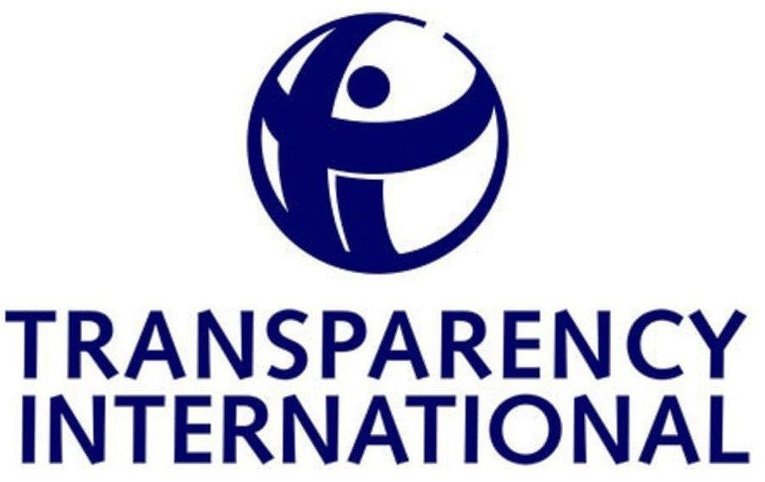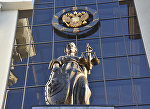MOSCOW, January 25 (RAPSI) – Transparency International (TI), the global civil society organization leading the fight against corruption, published its yearly Corruption Perceptions Index (CPI) for 2016, ranking Russia 131 out of 176 countries listed in CPI.
Russian Federation’s score is 29 out of 100, what has placed it alongside Iran, Kazakhstan, Nepal, and Ukraine. Although the country’s position in CPI 2016 went down from its 119th place in CPI 2015, its score remained unchanged. A lower place of Russia, TI notes, was caused by a larger number of countries included in the Corruption Perceptions Index in 2016.
In CPI 2016, Denmark and New Zeeland shared the top spot (scoring 90 points each) and were followed by Finland (89 points) and Sweden (88 points). The worst performers in 2016 were North Korea (12 points), South Sudan (10 points), and Somalia (10 points). TI notes that the list of best and worst performers has remained practically unchanged as compared with the CPI 2015.
As it is noted in the press-release published by the Russian TI chapter, an important factor behind CPI 2016 results was the publication of so called Panama Papers, documents leaked from Mossack Fonesca, which are alleged to provide evidence that certain world leaders and their entourage were involved in offshore schemes.
Among the factors positively affecting Russia’s score, Transparency International mentions the country’s compliance with some of recommendations issued by the Group of Countries against Corruption (GRECO), the Council of Europe’s anticorruption monitoring body, and the fact that this year Russia joined OECD automatic exchange of information for tax purposes system.
Besides, the press-release says, Russia could introduce a number of anticorruption measures with regard to officials, in particular prohibiting them to own foreign financial instruments. At the same time, companies became liable for failures to keep or renew data about their beneficiaries.
The Corruption Perceptions Index aggregates data from a number of different sources that provide perceptions of business people and country experts of the level of corruption in the public sector. The index covers perceptions of public sector corruption in 168 countries ranged on a scale from 0 (perceived to be highly corrupt) to 100 (perceived to be very clean).



